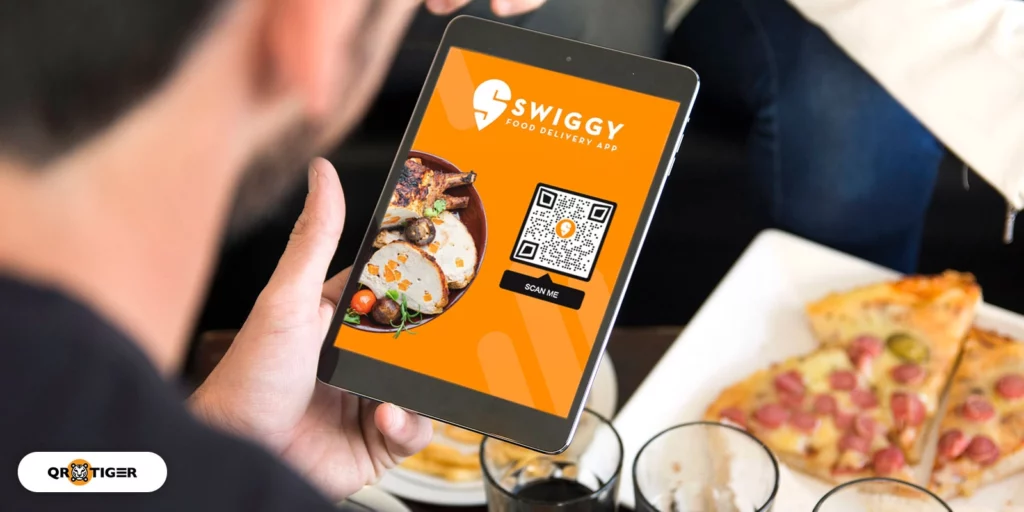In the past several years, the food delivery landscape has had a remarkable makeover — transforming how we dine and connect with local eateries. Food delivery apps, which were once just an online restaurant booking & food delivery service for the busy but ultimately lazy, have now become crucial to helping local restaurants survive and thrive in this brave new culinary landscape. The appetizing revolution isn’t just about indulging a late-night craving; it’s also about forging connections with our community and helping small businesses.

Here’s how food delivery apps are powering the movement to support and promote local restaurants:
1. Accessibility and Convenience:
One of the advantages of food delivery apps like Swiggy is their ability to bring restaurant food within reach for a broader range of people. With just a few taps on their smartphone, consumers can easily explore menus and place orders with fine dining restaurants. This convenience has played a role in attracting customers who may not have had the opportunity to dine at these restaurants due to logistical challenges or time constraints.
2. Increased Exposure:
Partnering with food delivery apps like Swiggy is beneficial for local restaurants because it allows them to present their culinary options to a wider audience. The apps function as digital marketplaces, enabling eateries to reach customers outside of walking and driving mileage. With marketing and advertising tools that drive business, local spots have the chance to be upfront and take their dinner reservations to another level. The pool of orders results in new customers and larger revenue.
3. Adjusting to Evolving Consumer Behavior:
This trend embodies a change in consumer inclinations, as they lean towards convenience and flexibility. In our fast-paced society, individuals who are short on time appreciate the convenience of having meals delivered straight to their doorsteps, eradicating the need for outdoor dining. Local restaurants that embrace this trend and shape their business strategies around the needs of consumers will maintain an advantage in the food industry.
4. Economic Support for Small Businesses:
A fact that’s particularly crucial during periods of economic uncertainty is that food delivery apps offer local restaurants lifelines as they fight to survive difficult times. Ensuring a steady stream of orders, these platforms supply a consistent revenue stream, giving small businesses the chance to cover operational costs and remain profitable. Some apps also offer restaurant booking features, which helps the local restaurants in many ways. For many restaurant owners, the commission fees charged by food delivery platforms are an easy pill to swallow — not just for the traffic they bring, but also for the sense of comfort they provide.
5. Community Engagement and Connection:
While enabling transactions, delivery apps like Swiggy also stimulate community engagement and bring customers, restaurants, and delivery partners closer together. By sharing reviews, ratings, and recommendations on these platforms, users help create a virtual feedback loop that allows them to engage local businesses and help them grow. Suppose some customers want to order from vegan restaurants but don’t know where to find it locally. In these cases, apps like Swiggy can really help. The direct interaction between customers and the person delivering their food also adds to their total dining experience, further solidifying the bond between residents and their local culinary scenes.
In conclusion, the app-etizing revolution propelled by food delivery apps is not just about convenience; it’s about empowerment, resilience, and collaboration within the local food ecosystem. By embracing technology and innovation, local live music restaurants can harness the potential of these platforms to reach new heights of success while preserving the essence of community and culture through the universal language of food.